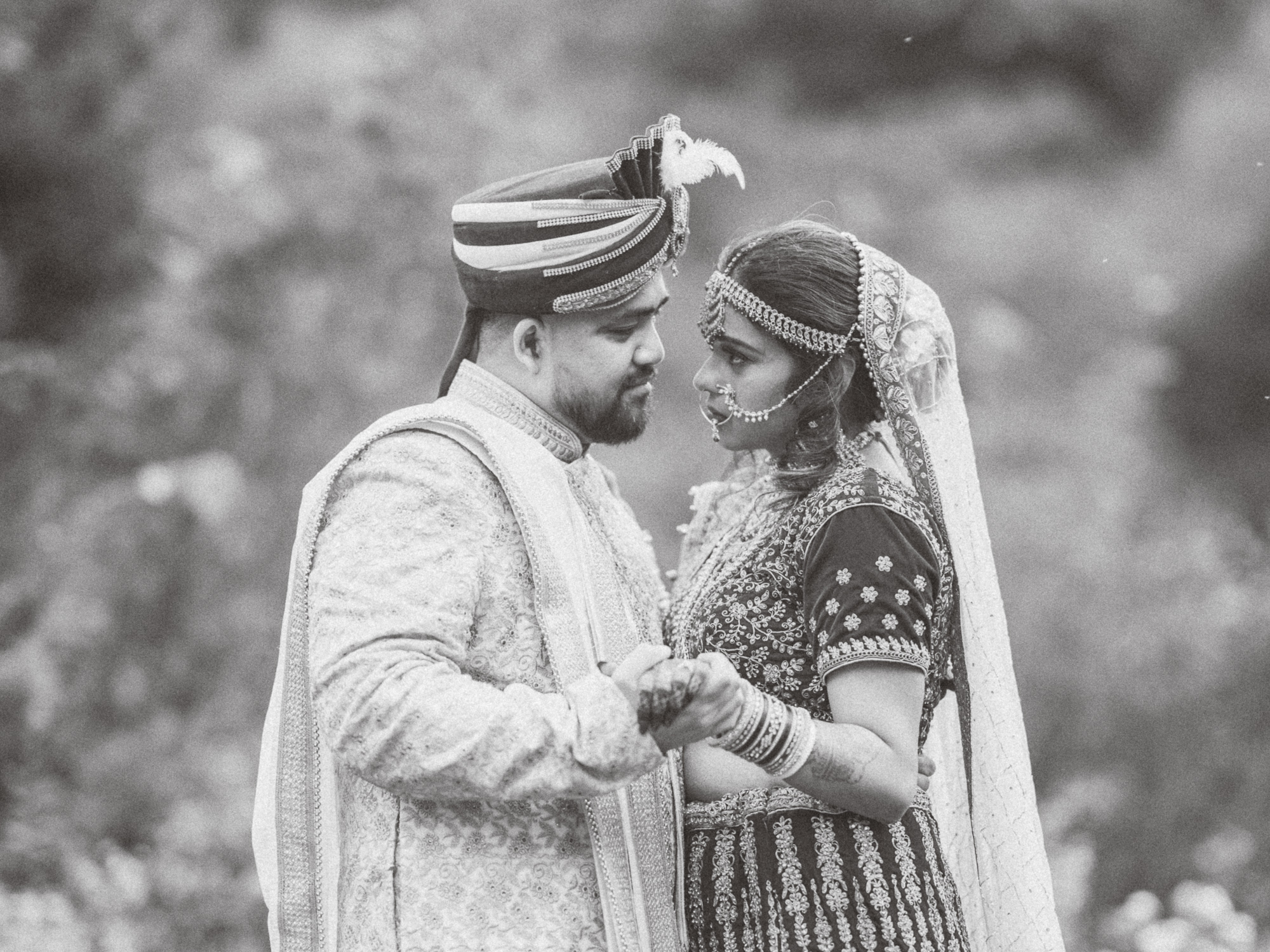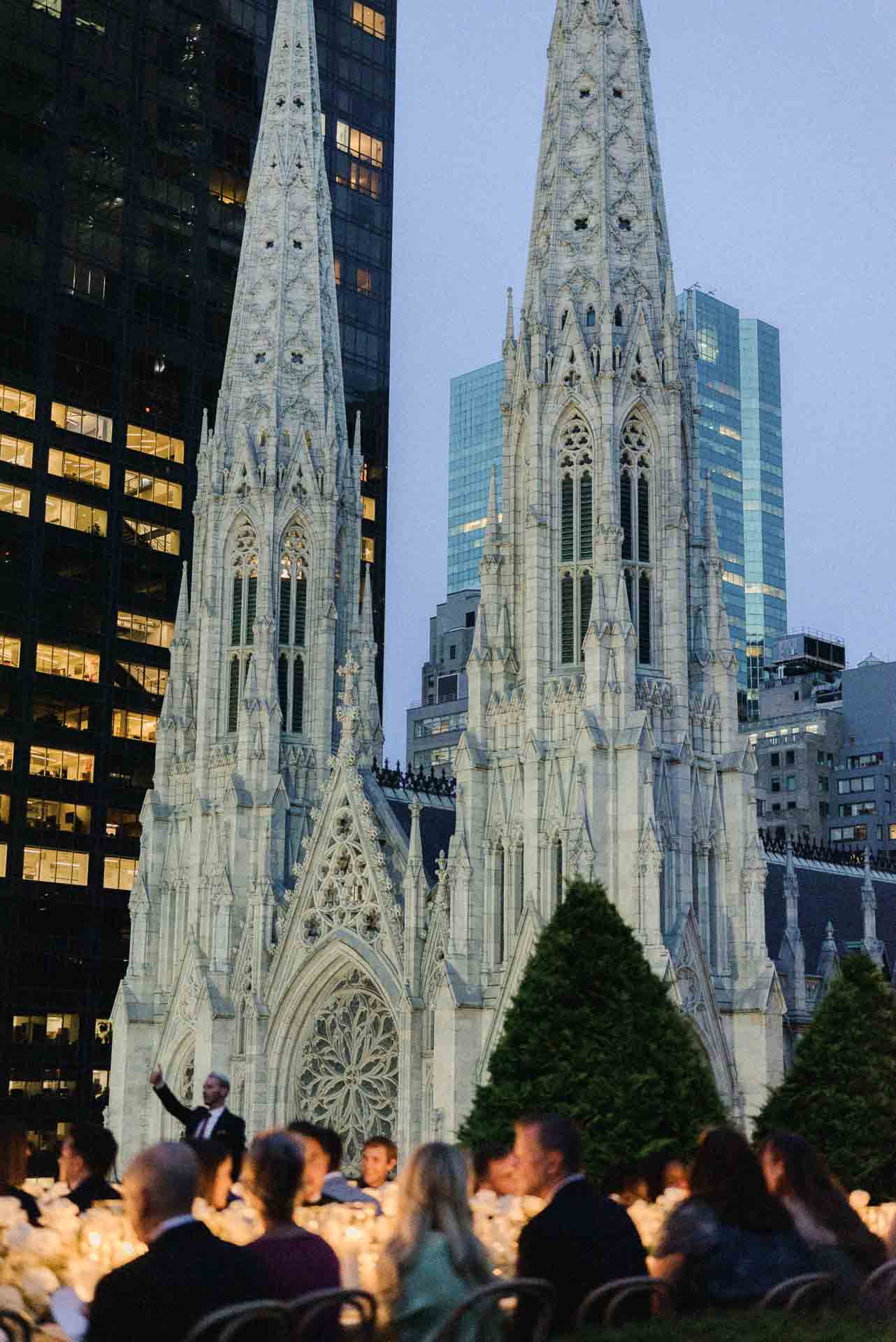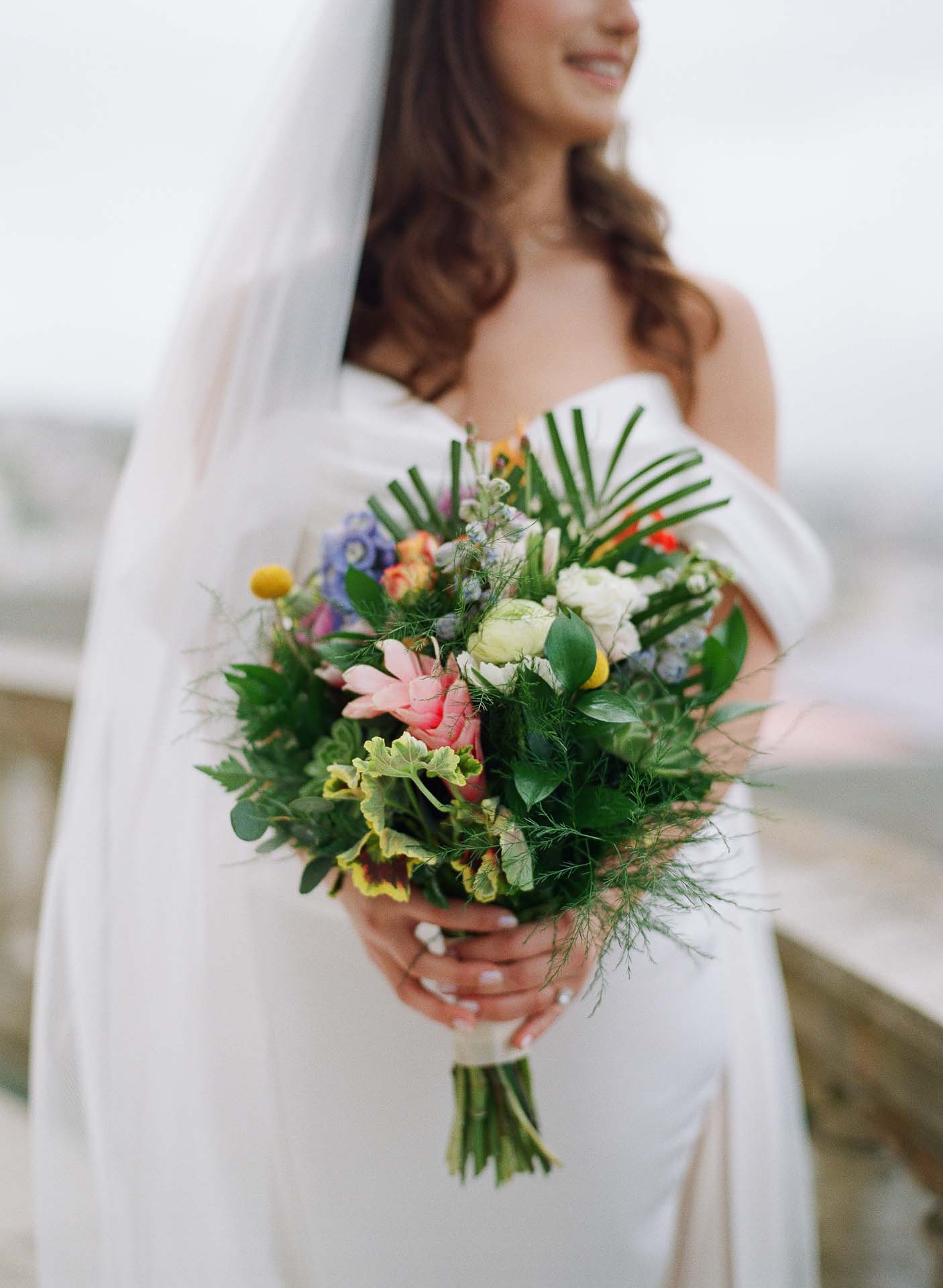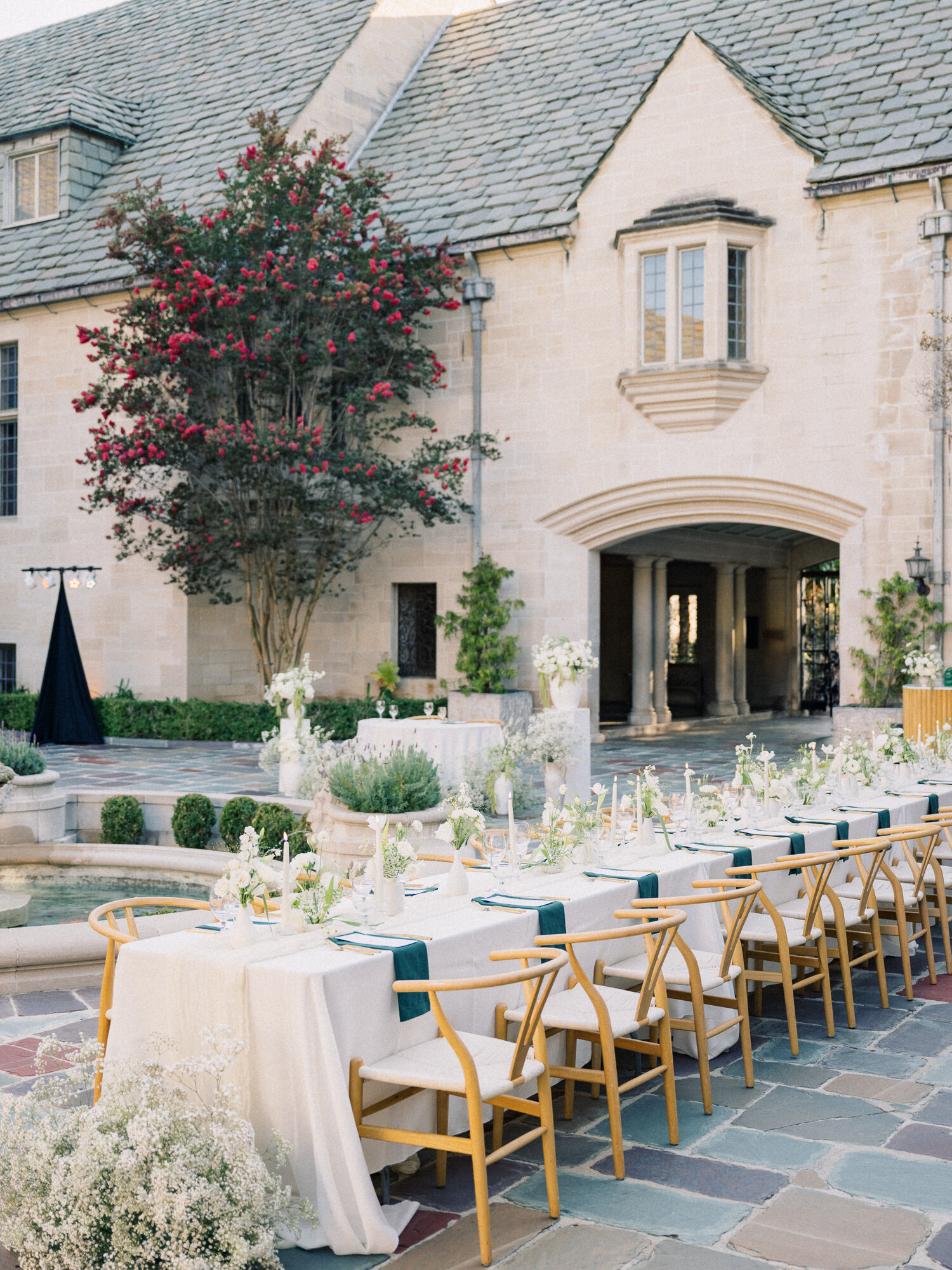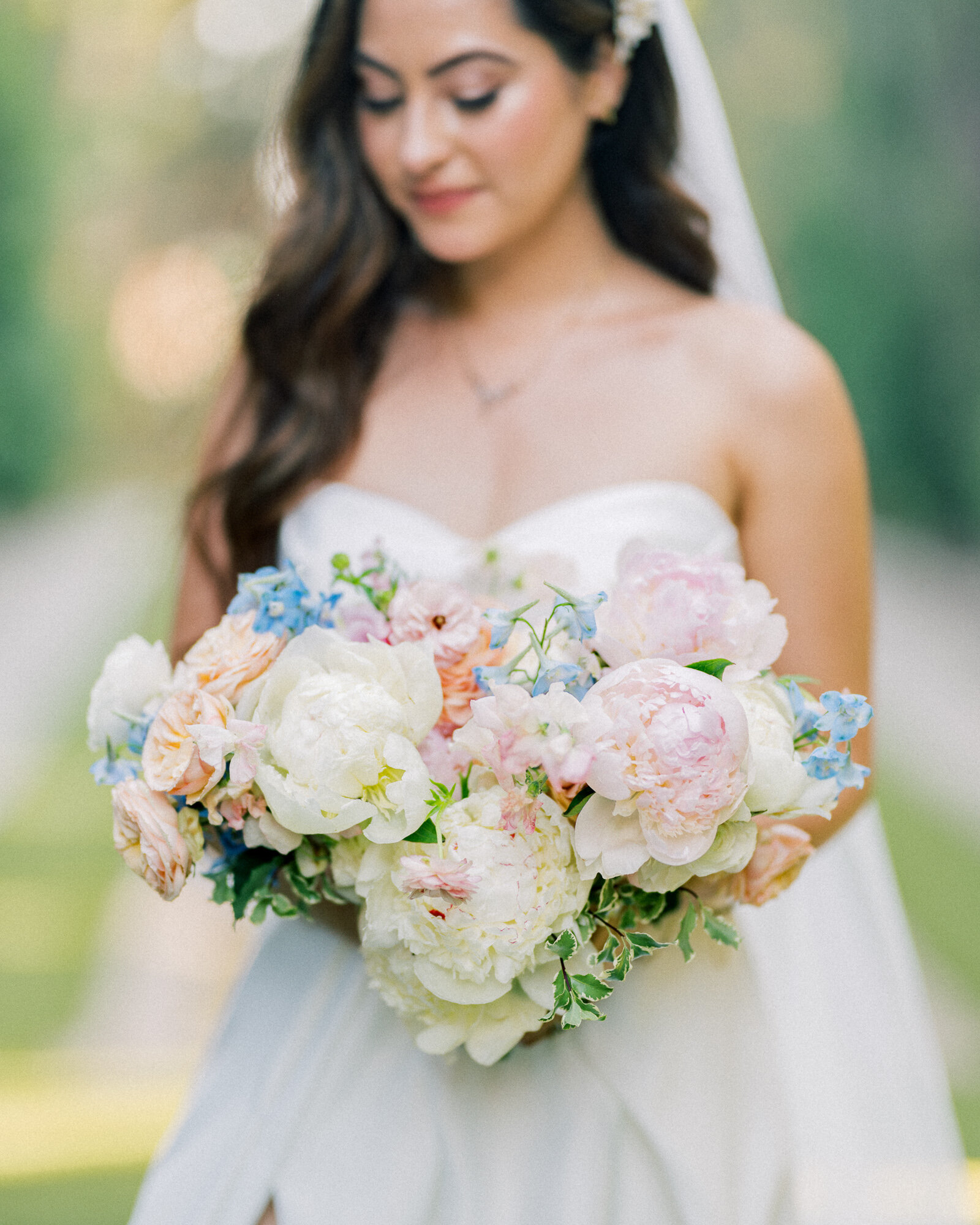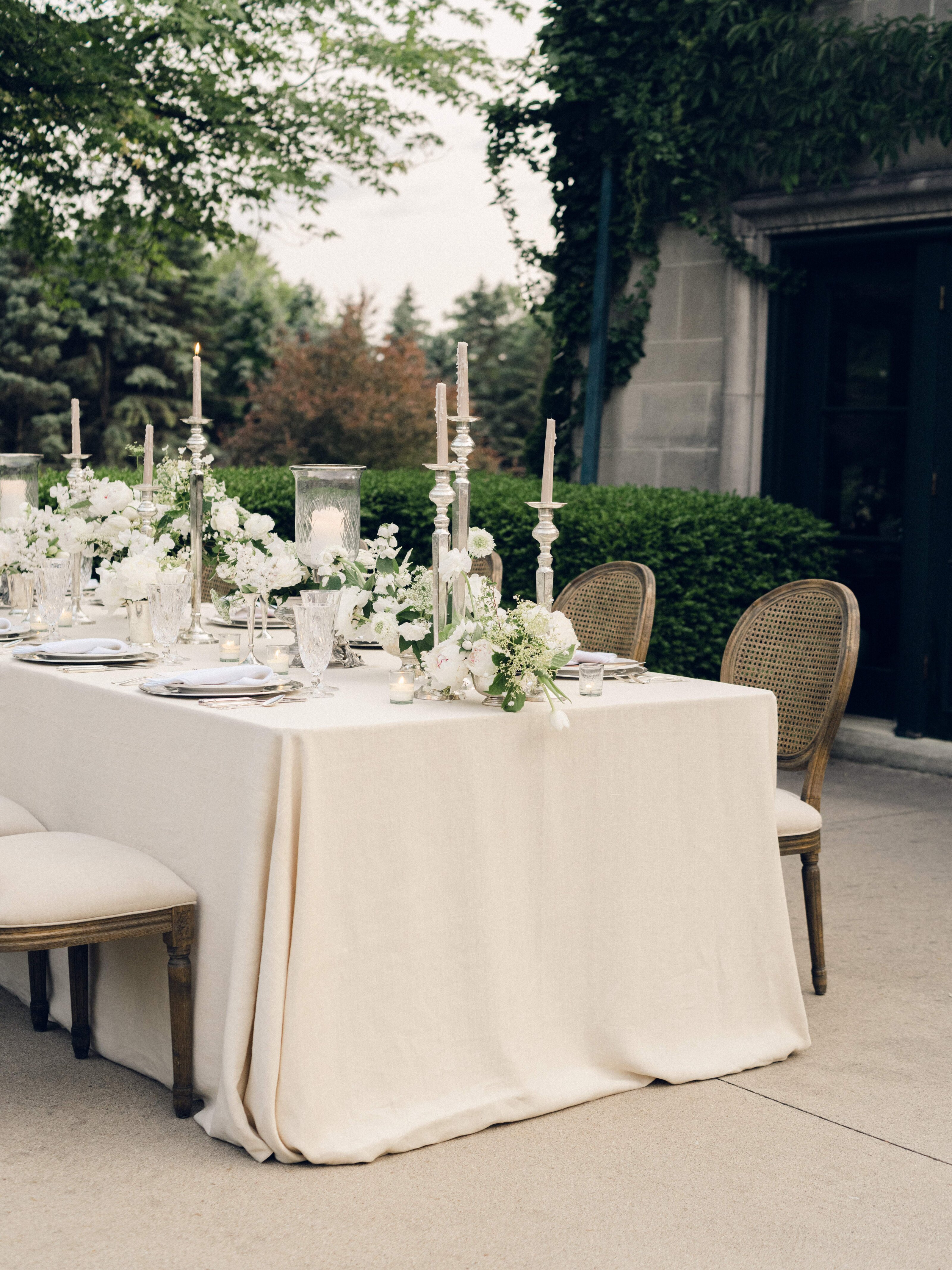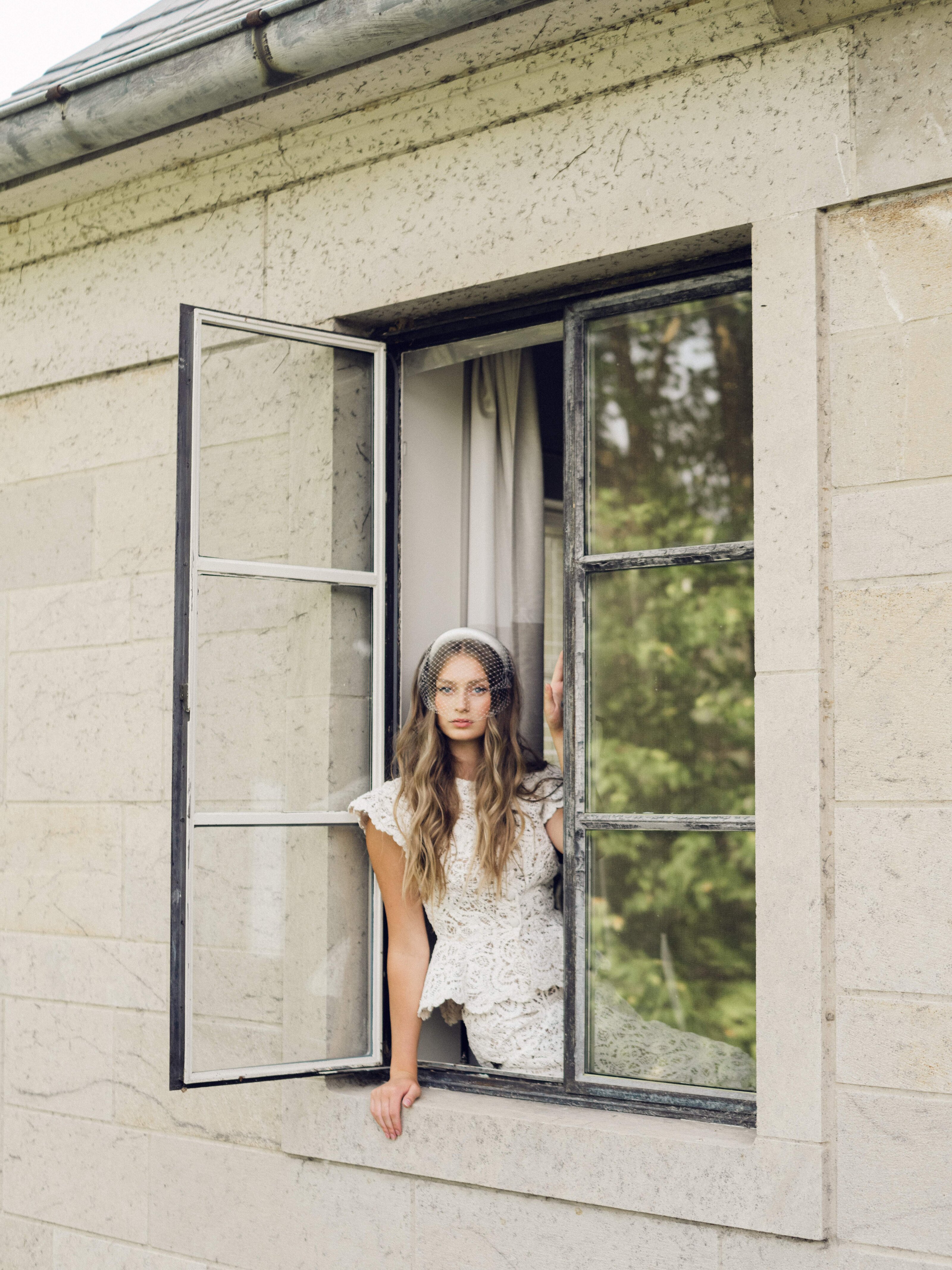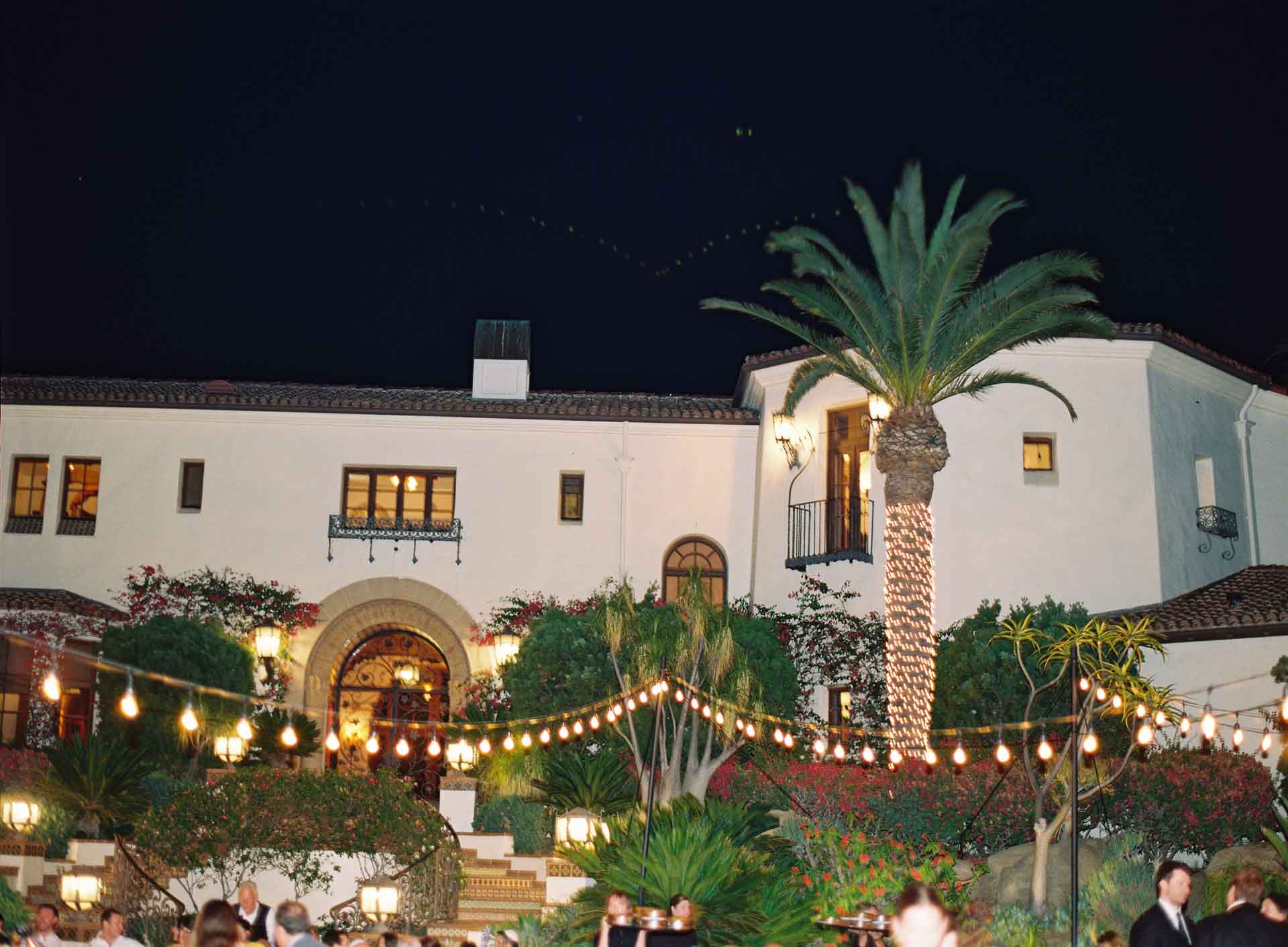
Capturing the perfect wedding photo isn’t just about the camera—it’s about understanding and harnessing California’s unique light. As a Los Angeles wedding photographer, I’ve spent years mastering the interplay between natural light and the diverse landscapes of California to create timeless images. Whether planning a beachside ceremony in Malibu or a garden wedding in Pasadena, this guide will help you understand how to make the most of California’s light for your special day.
Why California Light Is So Unique
The Geography Behind the Glow
California’s diverse geography—from its sun-kissed beaches to its rolling hills and urban landscapes—creates lighting conditions that dramatically affect your wedding photos. The coastal areas often benefit from a soft, diffused light due to the marine layer. At the same time, inland locations like Joshua Tree offer a more intense golden hue. Understanding these nuances is crucial for capturing the essence of your chosen venue. Many photographers, including myself, embrace the varied landscape to play with these lighting dynamics to your advantage.
For instance, in locations like Los Angeles, the sunlight is often soft and warm, bringing out the best in wedding portraits. Vogue recently discussed how understanding light in wedding photography can make a difference in creating personal and timeless images.
The Magic Hours: Golden Hour, Blue Hour, and Beyond
Golden hour is a photographer’s dream; in California, it’s a key part of what makes your wedding photos shine. The period shortly after sunrise or before sunset bathes everything in a warm, soft glow that’s incredibly flattering for portraits. Blue hour, occurring just before sunrise or after sunset offers a cooler, more ethereal light.
For more tips on maximizing your golden hour photos, Harper’s Bazaar offers excellent guidance for couples who want to make the most of this magical time of day.
The Best Time of Day to Get Married in California
Ceremony Timing for the Best Light
When it comes to wedding photography, timing is one of the most important elements. The light can make or break a photograph, especially when trying to capture the emotions of one of the most significant moments of your life—your wedding ceremony. As a Los Angeles wedding photographer, I’ve had the privilege of photographing weddings in various settings and at different times of the day, and the timing of your ceremony is critical to achieving those breathtaking, picture-perfect shots.
Golden Hour and the Magic of Soft, Warm Light
The golden hour, that magical time right before sunset, is arguably the most sought-after time for wedding photography. This occurs roughly an hour in Los Angeles before the sun dips below the horizon. Still, the exact timing depends on the season and your wedding venue’s location. The warm, diffused light during this period is perfect for creating romantic and glowing images that make the couple and their surroundings look truly ethereal.
The golden hour light is ideal for portraiture, especially if you’re outdoors in a location with a scenic backdrop, like a garden, a beach, or even in front of a stunning building with soft light filtering through trees. The sun’s angle during this time bathes everything in a soft, warm glow, creating flattering shadows and highlights that add depth and dimension to your photos.
The Blue Hour: A Dreamy, Ethereal Glow
While many couples are familiar with the golden hour, fewer know about the blue hour. This occurs right after the sun has set but before the sky has fully darkened, typically lasting around 20-30 minutes. The sky takes on a cool, deep blue hue during this time, and the surrounding light becomes soft and even.
Blue hour photography can create a dreamy, romantic atmosphere for your wedding photos. It’s especially effective for evening ceremonies or sunset receptions when you want to capture the transition between daylight and night. The soft blue tones add a timeless, otherworldly feel to your photos, which contrasts beautifully with the warm light of the day, creating a dynamic and diverse wedding album.
Midday Light: How to Work With Harsh Sunlight
Suppose your ceremony is scheduled in the middle of the day. In that case, you might encounter the harsh midday sun, creating strong shadows and overly bright highlights. While midday light isn’t as flattering as the golden or blue hour, there are ways to make it work for your wedding photos. It’s essential to have a photographer who understands how to work with these challenging lighting conditions.
Choose a shaded spot or a location with natural overhead coverage for outdoor ceremonies. Many couples opt for a canopy or large, open tents to create an even, soft light for photos. If the sun is unavoidable, a skilled photographer can use reflectors and diffusers to soften the light, providing a more flattering look and reducing the harshness that can cause squinting or unwanted shadows.
Sunset Ceremonies: Perfect for Romantic, Backlit Photos
One of the most romantic settings for a wedding ceremony in Los Angeles is during sunset. A sunset ceremony can provide some of the most breathtaking images, especially when the sun is just behind the couple, creating a stunning backlit effect. This backlight creates a halo-like effect, highlighting the couple’s outline and giving the photos a soft, dream-like feel.
If you aim for a sunset ceremony, keep in mind that you will want to start the ceremony a bit earlier to allow time for all of the key moments, like vows, ring exchange, and the first kiss, before the sun completely sets. A wedding photographer can help you choose the ideal timing for the ceremony, ensuring that you don’t miss out on that perfect moment when the sun dips below the horizon.
The Role of Weather and the Time of Year
Los Angeles weather can vary from sunny skies to overcast days, which can affect your ceremony’s timing and overall lighting. Cloudy skies can act as a natural diffuser, softening the light and giving your photos a more even, glowing quality. This is especially beneficial if your wedding is in the late morning or early afternoon when the sun is at its highest and brightest. The cloud cover allows for more flattering, diffused light.
The time of year also plays a role in ceremony timing. Summer weddings offer longer days with more daylight, which means you can enjoy the golden and blue hours later in the day. In contrast, winter weddings have shorter days, and the sun sets earlier. Suppose you’re planning a wedding in the winter months. In that case, you may need to schedule your ceremony earlier to ensure you capture the best light.
How to Plan the Ideal Ceremony Timeline
Work with your photographer to create a timeline that aligns with the best lighting conditions to ensure you make the most of California’s beautiful natural light. Here are some general tips:
- Golden Hour: If you’re aiming for golden hour photos, plan to have your ceremony in the late afternoon, about an hour before sunset. This allows for portraits in soft, flattering light and group photos before the sun sets.
- Midday Ceremonies: Consider a shaded venue or indoor location with ample light for noon or early afternoon weddings. You’ll still be able to capture beautiful, timeless images. However, be mindful of the lighting challenges and work closely with your photographer to adjust to the day.
- Sunset Ceremonies: If you love having a sunset ceremony, plan for a late afternoon start. However, be prepared for a tight timeline to capture the most important moments before sunset.
How Sunset Times Change Across California Seasons
Sunset times in California vary throughout the year, affecting the available natural light during your wedding. For instance, in Los Angeles, sunsets can occur as early as 4:45 PM in December and as late as 8:00 PM in June. Planning your ceremony and photo sessions around these times ensures you capture the best possible light.
Real Examples from LA Weddings I’ve Photographed
In a recent Malibu wedding, scheduling the ceremony an hour before sunset allowed us to capture stunning golden hour portraits with the ocean as a backdrop. Conversely, a midday ceremony in Beverly Hills required strategically using shaded areas and reflectors to manage the harsh sunlight, resulting in beautifully balanced images.
Venue Orientation and Lighting Conditions
North-Facing vs. South-Facing Ceremonies
The orientation of your ceremony space can significantly impact the lighting in your photos. North-facing venues often provide consistent, soft light throughout the day. In contrast, south-facing venues may experience more direct sunlight, leading to stronger shadows and highlights. Understanding your venue’s orientation helps you plan the best times for photography.
Indoor Venues With Natural Light
Indoor venues with ample natural light, such as large windows or skylights, can offer beautiful lighting conditions for your wedding photos. Venues like the Carondelet House in Los Angeles provide a charming blend of indoor elegance and natural illumination, perfect for capturing intimate moments.
How to Scout a Venue’s Light Like a Pro
When scouting venues, pay attention to the quality and direction of natural light at different times of the day. Visit the venue to observe the lighting conditions when you plan to hold your ceremony. Take note of potential shaded areas, reflective surfaces, and any obstructions that might affect the light.
Working With (Not Against) Harsh Light
Midday Sun: What to Avoid and What to Embrace
Midday sun can be challenging due to its intensity and the harsh shadows it creates. However, with the proper techniques, it can also be used creatively. Utilizing shaded areas, backlighting, or diffusers can help soften the light and produce flattering images even during peak sunlight hours.
The Role of Shade, Reflectors, and Location Choices
Strategically using shade and reflectors can mitigate the effects of harsh light. Positioning subjects under trees, arches, or canopies provides natural shade. At the same time, reflectors can bounce light to fill in shadows and create a balanced exposure. Selecting locations with these features in mind is key to successful midday photography.
Creative Use of Shadows and Highlights
When used intentionally, shadows and highlights can add depth and drama to photos. Playing with light and shadow patterns, such as those cast by architectural elements or foliage, can create visually striking images that stand out.
Seasonal Considerations for California Weddings
Summer Light vs. Winter Light in Los Angeles
Los Angeles weddings benefit from longer days in the summer and extended golden hours, providing ample time for photography. Winter weddings, while having shorter daylight hours, often offer a softer, more diffused light throughout the day, ideal for capturing romantic and moody images.
California’s diverse seasons can transform your photos, whether the vibrant, golden hues of summer or winter’s cool, crisp light. For further insights into wedding photography across different seasons, you can check out Martha Stewart Weddings tips, which often explore how light changes seasonally and what that means for couples.
Dealing With Overcast Days (Yes, They Happen!)
While Los Angeles is known for its sunny weather, overcast days occur, which can be advantageous for photography. Cloud cover is a natural diffuser, softening the light and reducing harsh shadows, resulting in evenly lit, flattering photos.
Tips for Couples: How to Plan Around Light
Timeline Planning for Optimal Photography
Collaborate with your photographer to create a timeline with the best lighting conditions. Scheduling key photo sessions during the golden hour or avoiding the harsh midday sun can significantly enhance the quality of your images.
Choosing Portrait Locations Based on Lighting
Select portrait locations with favorable lighting conditions, such as areas with open shade, reflective surfaces, or interesting light patterns. Discuss potential locations with your photographer, who can provide insights based on their experience and knowledge of the area.
What to Wear to Complement the Light
Your attire can influence how light interacts with your photos. Opt for fabrics that catch the light beautifully, such as silk or satin, and consider colors that complement the natural tones of your surroundings. Discuss wardrobe choices with your photographer to ensure they align with your desired aesthetic.
How I Approach Lighting as a Los Angeles Wedding Photographer
My Go-To Gear and Settings
I use digital and film cameras to capture the full spectrum of your wedding day. Digital cameras offer versatility and immediate feedback, while 35mm film provides a timeless, nostalgic quality many couples adore. My gear selection allows me to adapt to various lighting conditions and deliver diverse images.
Working With Film vs. Digital in Bright Conditions
Shooting with 35mm film in bright conditions requires careful consideration of exposure settings and film stock choice.Film handles highlights differently than digital, often preserving details in bright areas more gracefully. This characteristic makes film an excellent choice for capturing the luminous quality of California light.
Posing Couples to Maximize the Light
Guiding couples into poses that utilize the available light effectively is a crucial aspect of my approach. Whether it’s positioning you to catch the golden hour glow or using backlighting to create a dreamy silhouette, my goal is to make you look your best in every frame.
Real Wedding Light Scenarios: A Breakdown
Sunset in Malibu
A beachside wedding in Malibu offered the perfect opportunity to capture the couple against a backdrop of the setting sun. The golden hour light added a romantic warmth to the images, highlighting the couple’s joy and the location’s natural beauty.
Midday Ceremony in Beverly Hills
Due to the intense sunlight, a midday ceremony in Beverly Hills presented challenges. By utilizing shaded areas and carefully positioning the couple, we achieved a series of elegant portraits that effectively balanced light and shadow.
Overcast Garden Wedding in Pasadena
An overcast day in Pasadena provided soft, even lighting throughout the garden venue. The diffused light enhanced the colors of the flora and created a serene atmosphere, resulting in intimate and emotive photographs.
Let the Light Lead the Way
Understanding and embracing the unique qualities of California light can elevate your wedding photography to extraordinary heights. As a Los Angeles wedding photographer, I am passionate about capturing the essence of your love story through the lens of this beautiful light. If you’re planning your wedding and seeking guidance on how to make the most of California’s natural illumination, feel free to reach out. Let’s work together to create images that you’ll cherish forever.
Frequently Asked Questions
1. What is the best time for wedding photos in Los Angeles?
The best time for wedding photos in Los Angeles is during the golden hour, just after sunrise or before sunset. The light is soft and warm during this time, creating flattering and romantic images. If you’re getting married during the day, you can also look for shaded areas or use reflectors to soften the light.
2. How does overcast weather affect wedding photos in California?
While California is known for its sunshine, overcast days can be a blessing for wedding photography. Cloud cover acts as a natural diffuser, creating soft, even lighting that is flattering and reduces harsh shadows. Overcast days can bring out rich colors and add a serene atmosphere to your photos.
3. Can I use film photography for my wedding photos in bright sunlight?
Yes! Film photography, especially 35mm film, can be great for weddings in bright sunlight. Film handles highlights beautifully, capturing the luminous quality of California’s natural light without losing details in the bright areas. Discuss your options with your photographer if you want to incorporate film into your wedding day.
4. What should I wear to complement the California light for my wedding photos?
For wedding photos in California, opt for fabrics that catch the light beautifully, such as silk or satin. These materials reflect light, creating a soft glow around you. Lighter, neutral colors often complement California’s natural landscapes, while bolder hues can pop against specific backgrounds, like the ocean or desert.
5. How can I plan my wedding timeline to maximize the light?
Work with your photographer to create a timeline that aligns with the best lighting conditions to make the most of the natural light. Schedule key portrait sessions during the golden hour if you have an afternoon ceremony. For a midday wedding, consider having your ceremony in a shaded area or using a canopy to soften the direct sunlight.
6. What is the difference between shooting digital and film for wedding photography?
Digital photography offers the flexibility of instant feedback and the ability to adjust settings in real time. However, 35mm film brings a timeless, nostalgic quality to photos with a unique aesthetic that digital images often can’t replicate. Film can subtly and organically capture light, offering a different texture and depth. Many photographers, including myself, enjoy combining digital and film photography for a varied and dynamic collection of images.
If you have any questions or would like to discuss how we can create stunning images for your wedding day, feel free to contact me directly through my contact page.
+ view the comments
